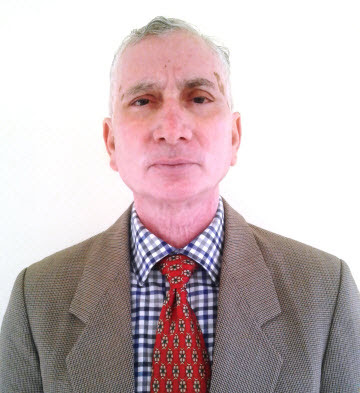
Dr. R. S. Thakur
Chief Editor, Journal of Pharmaceutical Research, Krupanidhi College of Pharmacy,
#12/1, Chikkabellandur, Carmelram Post, Bangalore–560035. India.
Email: drramsthakur@gmail.com
Introduction
The Pharmacy Act promulgated on 4 th March, 1948 contains five chapters. Of these Chapter I (Sections 1 and 2) is Introductory; Chapter II (Sections 3 to 18) deals with Pharmacy Council of India; Chapter III (Sections 19 to 28) deals in State Pharmacy Councils; Chapter IV (Sections 29 to 40) deals in registration of Pharmacists and Chapter V (Sections 41 to 46) deals in Miscellaneous. Under the aforesaid arrangement of Chapters, as per Section 1(2), it was provided that Chapters III, IV and V shall take effect in a State from such date as the State Government may appoint by notification in the Official Gazette. Apparently, Chapters III, IV and V are solely State subject except Sub-sections (1) to (4) of Section 45 relating to appointment of Commission of Enquiry by Central Government against Pharmacy Council of India.
Pharmacy Council of India
Chapter II of the Pharmacy Act deals in constitution of Pharmacy Council of India (PCI) u/s 3 by Central Government and statutory functions of Pharmacy Council of India. As soon as the Pharmacy Act came into force on 4 th March, 1948 the very first task of Central Government was to constitute the Pharmacy Council of India so that Chapter II can take effect on national level. The minute details of the initiative of Pharmacists’ Association of India, Calcutta for constitution of Pharmacy Council of India may be viewed in earlier publication. [1] A close look at Section 3 of the original Act reveals that besides elected and nominated members there was provision for three ex officio members in the original Act as depicted below :-

Therefore, as soon as the Pharmacy Act came into force on 4 th March, 1948; the Director General, Health Services along with the Director of the Central Drugs Laboratory and the Chief Chemist, Central Revenue automatically became ex officio members of Pharmacy Council of India.
Election of members of PCI
The process of election of members of Pharmacy Council of India under clause (a) and (c) of Section 3 for the constitution of PCI needed regulations to be made under sub-section (3) of Section 18 by the President of Pharmacy Council of India. The said sub-section (3) of section 18 of the original Act is reproduced below :
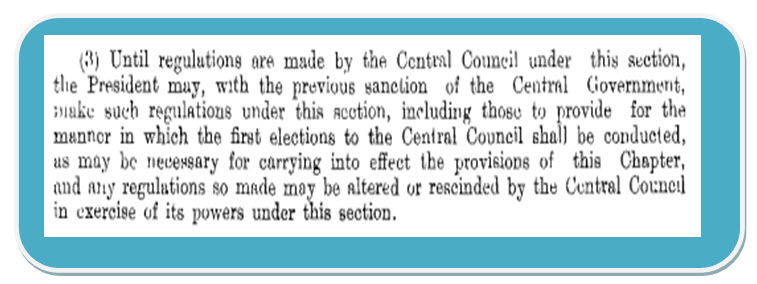
Nomination of First President
Keeping in mind the intricacies of constitution and functional existence of Pharmacy Council of India, the Act itself provided solution for nomination of President by Central Government as a provision in Section 5(1) of the Act as reproduced below :
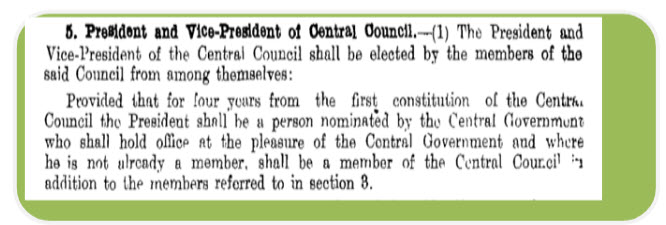
This proviso empowered Central Government to nominate President for four years from the first constitution of Pharmacy Council of India who shall continue in office till the pleasure of the Central Government.
Thus, in order to make Pharmacy Council of India functional and pave way for making regulation for election etc., in exercise of the powers vested in the Central Government as illustrated above, Rao Bahadur Dr. K. C. K. E. Raja, Director General of Health Services, Government of India, who also happened to be ex officio member of PCI under Section 3(d) was nominated the first President of PCI by Central Government on 17 th June, 1948.
The nominated President assumed office forthwith and started the process of making regulations under section 18(3) of the Act so that election of members under clause (a) and (c) of section 3, election of Vice President u/s 5, election of Executive Committee members u/s 9 can be held in prescribed manner as mandated in section 6 read with section 2(g) of Pharmacy Act, 1948.
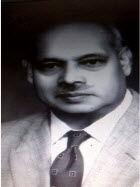
Dr. K. C. K. E. Raja, L.M.S., L.R.C.P & S., L.R.F.P.S., D.P.H., D.T.M. & H.
First nominated
President of PCI (17-06-1948 to 17-09-1952), Padmabhushan 1957.
Regulations under Section 18(3)
On assuming the office of President, PCI, as the very first task, the Regulations were made by the first nominated President, got vetted and previous sanction of the Central government was obtained within a record time of three months. Finally the Regulations of Pharmacy Council of India were notified vide Notification No. F. 6-2/48-DS, dated 4th October, 1948. Consequent upon this, the process of constitution of PCI got accelerated. For the subsequent events relating to first constitution of PCI on 9 th March, 1949; the very first meeting of PCI held on 16 th May, 1949; the first election of Vice President on 16 th May, 1949 and the first election of 5 members of Executive Committee on 16 th May, 1949 readers are advised to refer author’s previous publication. [1]
Consequent upon his retirement from the post of Director General, Health Services, Government of India, his successor Lt. Col. Dr. C. K. Lakshmanan was nominated President of PCI who assumed office on 18 th September, 1952. Incidentally both the nominated Presidents of PCI hail from Kerala. Moreover, Dr. Raja also happened to be first nominated President of Dental Council of India and Indian Nursing Council.
Brief Life Sketch
Dr. K. C. K. E. Raja was born at Kottakkal in Kerala on August 19, 1893. His early education was at Kottakkal in a primary school run by family members within the family premises and then he joined Zamorin’s College, Calicut (now Guruvayurappan College, Kozhikode) from where he passed Intermediate Examination. He obtained his medical degree from Madras and joined as Health Officer in Ooty. Afterwards he moved abroad for higher education at University of London and University of Cambridge and obtained all the highest medical degrees - L.R.C.P.S., L.R.F.P.S. (Edin. and Glas.), D.P.H. (Camb.), and D.T.M. & H. (Camb.). At University of Cambridge he specialised in Public Health and Vital Statistics. After returning back to India he was inducted as Professor of Public Health and Vital Statistics at All India Institute of Hygiene and Public Health, Calcutta, which was established in 1932. It was here at Calcytta that Dr. Raja got close to Professor Prasanta Mahalanobis who had set up the Indian Statistical Institute (ISI). Mahalanobis got Dr Raja involved in the area of vital statistics. Two of Dr. Raja’s articles in ISI’s Journal, Sankhya, got quickly noticed- A forecast of Population Growth in India and later, Population Projections for the 1941 Census. From then on Dr. Raja was associated with the country’s population census and was on the Committee to advise the Registrar General for the population censuses conducted in 1951 and 1961. [2]
In 1938, Dr Raja moved to New Delhi in the Central Government’s Directorate of Medical Services as Assistant Director General. Those days the top posts of Director General, Additional Director General and Deputy Director Generals had always been occupied by Englishmen. Later he was appointed O.S.D. and subsequently re-designated Deputy Director General of Health Services in 1947. [3] Dr. Raja was appointed Secretary of Health Survey and Development Committee (Bhore Committee) in 1943. [4] Among one of the most important recommendations of the Bhore Committee (1943-1946) was a proposal to start post graduate medical education in India. Soon after India attained independence Dr. Raja rose to the post of Director General, Health Services, Government of India in 1947. He was the first Indian to hold that post.
On his retirement as Director General, he was invited to implement the Health Survey and Development Committee’s proposal to start post graduate medical education in India. He visited a number of countries running postgraduate medical education programmes. He prepared a blueprint and for 5 years worked on it. His proposal was favoured and a generous grant from New Zealand under the Colombo Plan made it possible to lay the foundation stone of All India Institute of Medical Sciences (AIIMS) in Delhi. [5]
In July 1956 Dr. Raja joined the newly established Demographic Training and Research Centre (DTRC) rechristened in 1970 as International Institute of Population Sciences as it’s first Director and remained in that office till 20.7.1959.
In recognition of his distinguished services to his motherland he got the Padmabhushan Award from the President of India in 1957.
Back to Kerala
Almost half a century after he had left Kerala, he was back as the Vice Chancellor of the University of Kerala and remained there for the full term of 3 years during 1960- 1963. He was passionate about the need for more universities in Kerala. That time Kerala had only one University. He wanted to lay the foundation for universities at Cochin and Calicut and was fortunate enough to lay the foundation for the centres at Cochin and Calicut as a prelude to the starting of full-fledged Universities. The games hall of the University of Kerala is decorated to his memory.
After retirement from the University of Kerala in March 1963 he moved to Nallur near Feroke, where the family property was allotted and settled there. He always remained busy with several assignments, like write the chapter on Health in the Indian Gazetteer, and visiting Delhi and Bombay for various assignments. In August 1963, he was invited as the Chief Guest at the Convocation of the International Institute of Population Studies, which he had presided as its first Director. He graced the occasion on August 20 and returned back home on August 23, 1963. He celebrated his 70 th birthday on 26 August, 1963, which was attended by large number of guests and he spent good time with them. There was a new glow on his face - a look of fulfilment, a sense of relaxation.
The very next day, on August 27, 1963 he was scheduled to leave for Madras by train. He woke up in the morning, tea was served at 6 a.m., which he kept aside and said he felt a pain in the chest he had never had before. Before anything could be done he was no more. [5]
On 75 th Anniversary of his PCI Presidency I have good reasons to remember this illustrious first President of PCI who not only brought PCI to existence, but also made it functional and initiated steps for framing of Education Regulations for Pharmacists. With great sense of honour and pride the author utilises the occasion of 75 th anniversary of his Presidency and pays rich tributes to the first nominated President of PCI.
References
1. R.S.Thakur. Inauguration of Pharmacy Council of India: First step in implementation of Pharmacy Act, 1948. Pharmatutor. 13 January, 2022.
2. Dr. Madhumita Dobe. EDITORIAL All India Institute of Hygiene & Public Health – Reminiscences of Dreams and Reality. Indian Journal of Hygiene and Public Health. 2016;2(1):4-10.
3. DGIMS. File No.13-1-11/47-P II. Redesignation of the post of O.S.D. held by Dr. K.C.K.E. Raja as Deputy Director General of Health Services. Available at https://www.abhilekh- patal.in/jspui/handle/123456789/2487458?searchWord=&backquery=[location=&que ry=&filter_field_1=department&filter_type_1=equals&filter_value_1=Dgims%3A%3 APersonnel+Section+%28I%29&rpp=100&sort_by=dc.date.issued_dt&order=desc] Accessed on 6-6-2023.
4. Report of the Health Survey and Development Committee. Published by Manager of Publications Delhi. Printed by the Manager, Government of India Press, Calcutta. 1946. page 6.
5. K C R Raja. Fond Memories of Dr. Kuttiethan Raja. April 7, 2011. Available: https://kcrraja.com/2011/04/360/ Accessed on 7-6-2023.




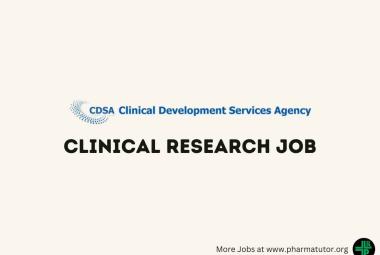



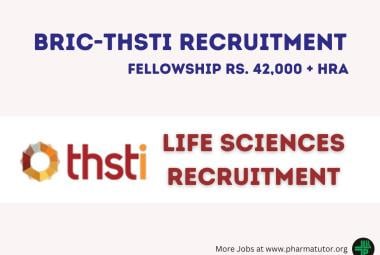


.png)


